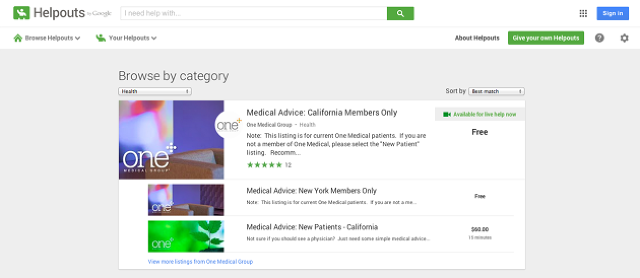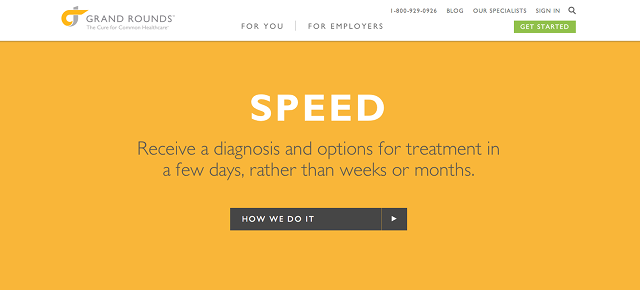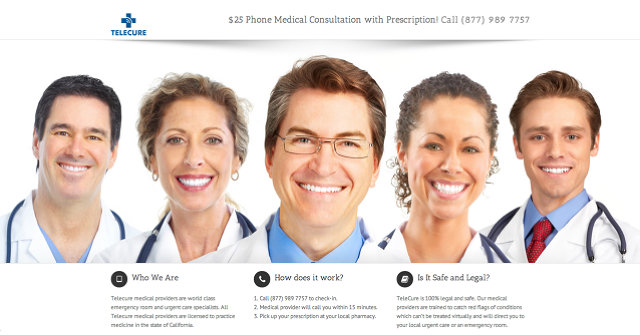“Aside from equity issues and potential distortions in the allocation and delivery of health services*, critics warn Medibank-style arrangements could drive a surge in the Government’s Medicare bill and the cost of its private health insurance rebate while forcing down the extent of GP bulk billing and raising doctor fees.
In addition, because the initiative would likely boost private health insurance membership, the Government would also be liable for a $400 million increase in the private health insurance rebate, and GPs would likely reduce the extent to which they bulk billed patients.”
*HAH!!!
https://ama.com.au/ausmed/medibanks-gp-cover-threatens-universal-health
Medibank’s GP cover threatens universal health

A Medibank Private scheme to give members privileged access to a range of GP services threatens to create a two-tier health system and could fracture the relationship patients have with their family doctor, the AMA has warned.
As the Federal Government proceeds with preparations for the sale of Medibank Private, it has been revealed by The Australian that in November the insurer commenced a trial with medical centre operator IPN in which its members are bulk-billed for GP consultations and get access to several service “enhancements”, including guaranteed appointments within 24 hours and after-hours home visits.
The arrangement is so far being trialled at six IPN clinics in south-east Queensland (including one at which AMA President Dr Steve Hambleton practises), and it circumvents a Private Health Insurance Act prohibition on insurers paying for services that are eligible for Medicare rebates by limiting Medibank Private funding to assistance with covering the administrative and management costs of the trial.
But AMA Council of General Practice Chair Dr Brian Morton said the scheme violated the spirit of the law, and corroded basic principles regarding equity of access to care.
Dr Morton said that although the AMA wanted to see health insurers more involved in primary health care, the approach being trialled by Medibank Private was flawed.
“We do want to involve private health insurers in general practice, but we don’t really see this as the best way of doing it,” Dr Morton told The Australian, adding that any provision to allowed funds to cover primary health services should be open to all patients and GPs.
Anticipating that private funds might seek to give their members privileged access to GP services, the AMA in 2006 released a Private Health Insurance and Primary Care Services Position Statement(https://ama.com.au/position-statement/private-health-insurance-and-primary-care-services-2006) setting out the parameters for the expansion of health fund into primary health care and the dangers that needed to be avoided.
In its Statement, the AMA said that a “limited” expansion of private insurers into primary care may be of some benefit, but only where it provides or pays for services not covered by Medicare.
“There are inherent risks in supporting an expansion of health insurance fund services into primary care,” the Position Statement said, noting especially that “limiting certain services to those who can afford private health insurance, particularly those related to preventive health measures, represents the establishment of a two-tiered system.”
Other concerns identified by the AMA included the potential for the focus of health services to shift from quality and continuity to cost cutting; for insurers to develop models for rationing care; for the development of imprecise patient selection techniques; for a shift away from the provision to patients of information and education “related to their health needs”; and for patients being encouraged to visit participating GPs, who may or may not be their regular family doctor.
In its Position Statement, the AMA warned that any scheme or arrangement that created such risks or undermined the universality and equity of Medicare “will be rejected by the medical profession”.
But so far the Federal Government has adopted a hands-off approach to the Medibank trial.
Health Minister Peter Dutton told The Age that he saw no evidence that the arrangement contravened the legislation, and appeared to give some encouragement to the initiative in a statement to The Australian Financial Review.
“I want every Australian to have a good relationship with their GP, so I wouldn’t rule out any changes,” Mr Dutton said. “Like the Australian Medical Association, I am open to greater involvement of the insurers, who cover 11 million Australians, to keep those people healthy and getting more regular access to primary care.”
Aside from equity issues and potential distortions in the allocation and delivery of health services, critics warn Medibank-style arrangements could drive a surge in the Government’s Medicare bill and the cost of its private health insurance rebate while forcing down the extent of GP bulk billing and raising doctor fees.
In a note obtained by The Australian Financial Review, the Health Department in 2008 estimated the scheme would spur a 5 per cent increase in demand for GP services and GPs would increase their fees, adding a massive $3.4 billion to the Government’s Medicare rebate bill over five years.
In addition, because the initiative would likely boost private health insurance membership, the Government would also be liable for a $400 million increase in the private health insurance rebate, and GPs would likely reduce the extent to which they bulk billed patients.
The nation’s second largest health fund, Bupa, has joined the criticism, warning that although insurance cover for GPs charges would likely be a boon for providers, it would drive up the Government’s health bill.
The trial arrangement, and a suggestion that Medibank could assume responsibility for helping to administer the National Disability Insurance Scheme, has prompted speculation the Government is trying to boost the interest of investors in the purchase of the health fund, whose possible privatisation is currently the subject of a scoping study.
The pilot of private health cover for GP services has also come as the National Commission of Audit ponders a proposal for a $6 charge for GP visits [see also, $6 co-payment an illusory health saving].
Adrian Rollins











































